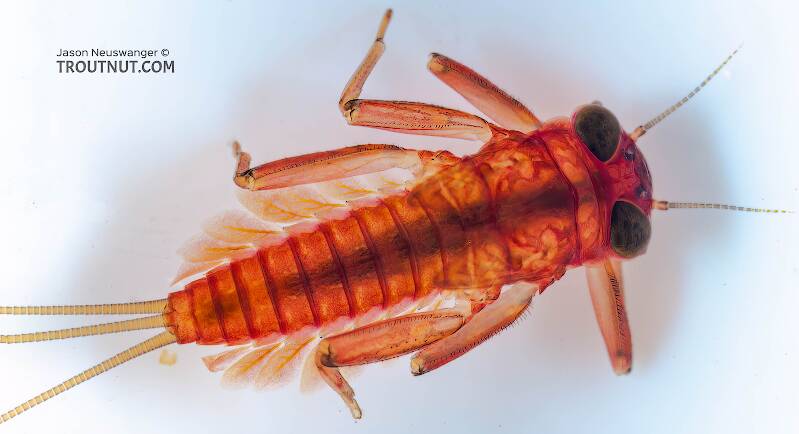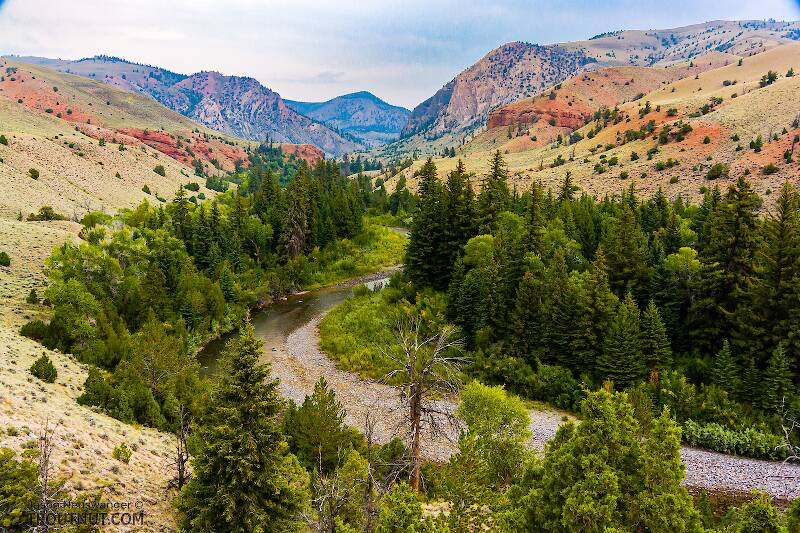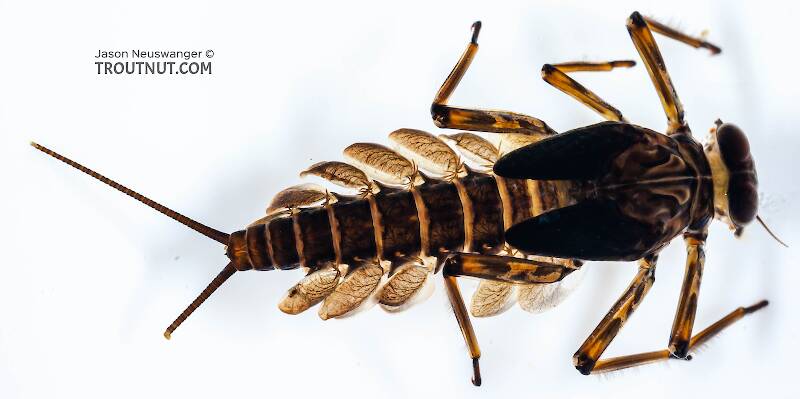
Blue-winged Olives
Baetis
Tiny Baetis mayflies are perhaps the most commonly encountered and imitated by anglers on all American trout streams due to their great abundance, widespread distribution, and trout-friendly emergence habits.
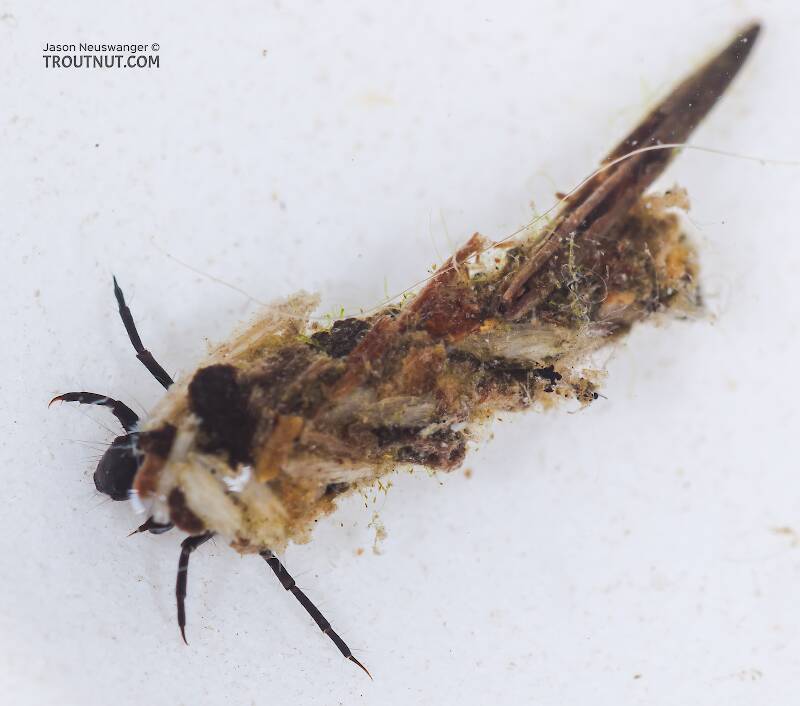

Gordon Quills
This name is a variation of Quill Gordon, which as best I can tell was the original common name for the important Eastern hatch Epeorus pleuralis. It was the first American trout stream hatch described by anglers, and it is named for the fly pattern created by 19th century fly fishing legend Theodore Gordon to imitate it.
As best I can tell, the original name was Quill Gordon, and I would guess that the name Gordon Quill came into usage as more and more hatches started to be named using the "---- Quill" convention.
Like most common names,"Gordon Quill" can refer to more than one taxon. They're previewed below, along with 4 specimens. For more detail click through to the scientific names.
Mayfly Species Epeorus pleuralis
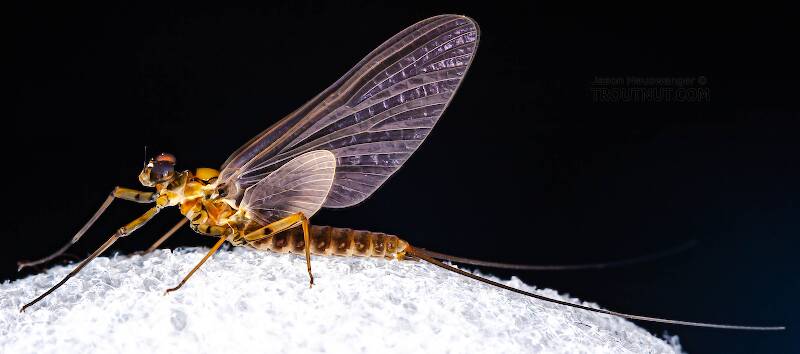
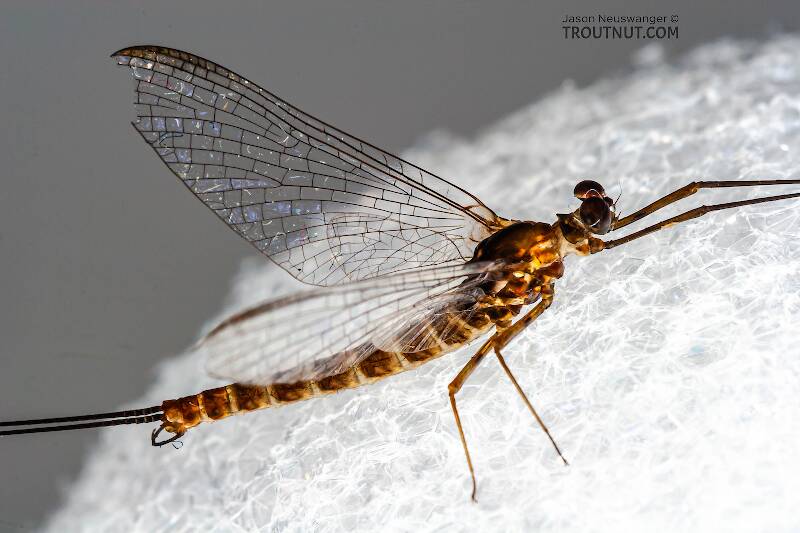
Mayfly Species Cinygmula subaequalis
